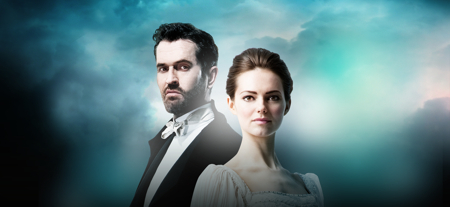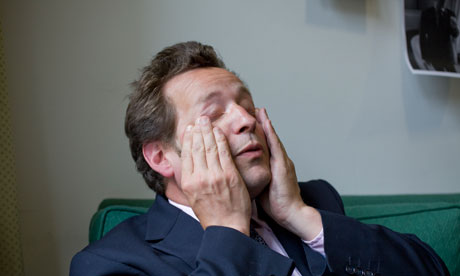Published by Dale & Co
Pygmalion, Garrick Theatre
It is very difficult watching a play when the text has been almost entirely appropriated by one of the most successful theatrical partnerships in history, and made into the libretto of one of the greatest musicals of all time. It’s not that George Bernard Shaw’s Pygmalion cannot now exist independently of Lerner and Loewe’s legendary treatment in My Fair Lady; it’s simply that the two have become symbiotic to the extent that you can’t help hearing a cue for a song in just about every scene.
But the problem with Philip Prowse’s Pygmalion is not so much that it lacks bursts of ‘Why can’t the English’ and ‘Wouldn’t it be loverly?’; it’s that a great deal of Shaw’s sizzling wit, sociological perception and political acumen fail to find adequate expression in Rupert Everett’s incarnation of Henry Higgins. The play begins rather heavily with Wagner’s ‘Ride of the Valkyries’ (not sure why), which prepares us for nothing but Everett’s interminable brooding and indulgent stream of pomposity. I don’t like beginning a theatre review with ‘the problem’, but there you have it. Continue reading



